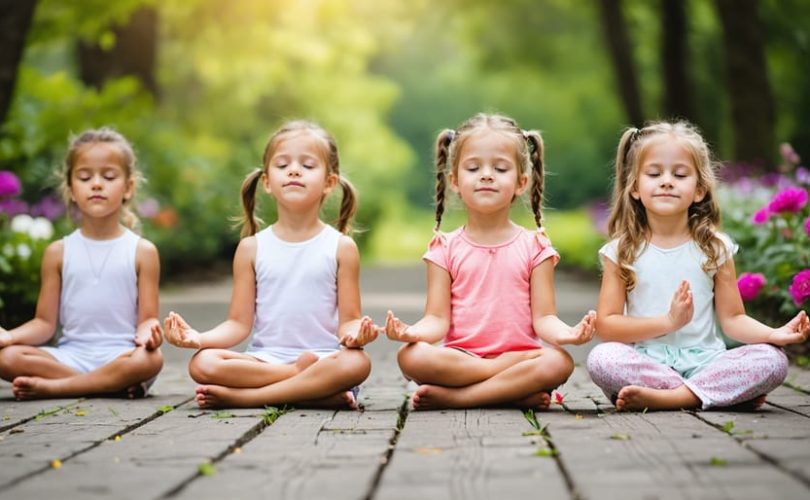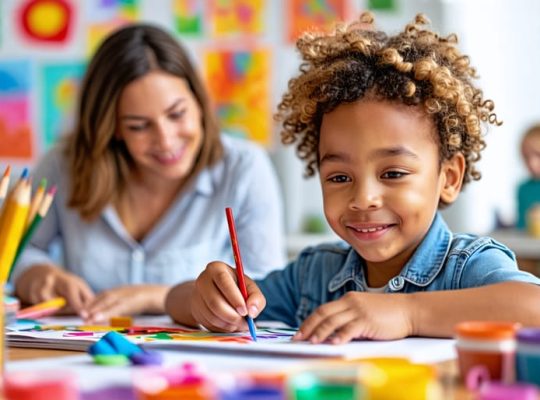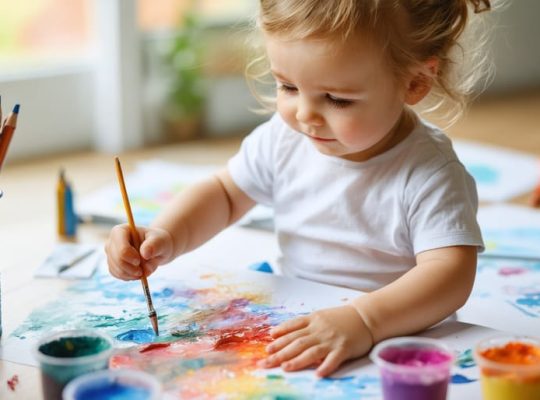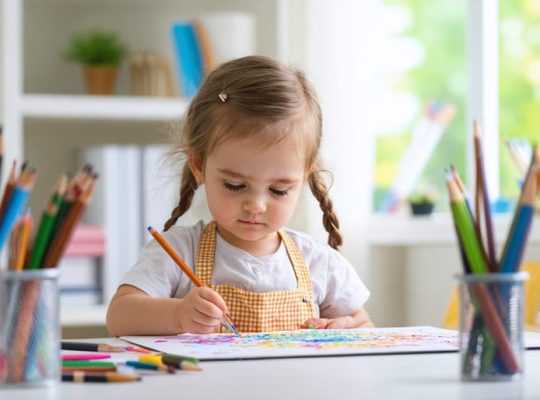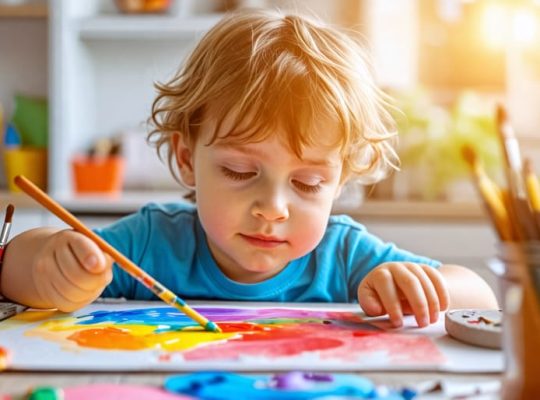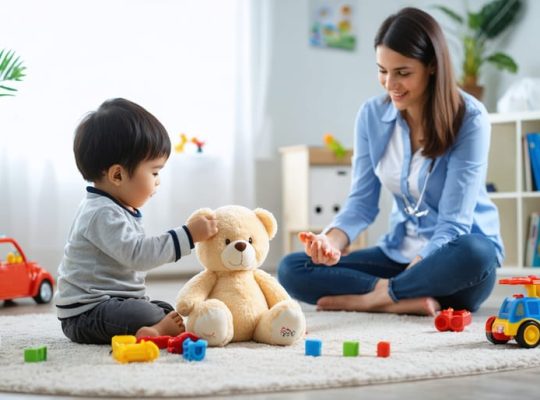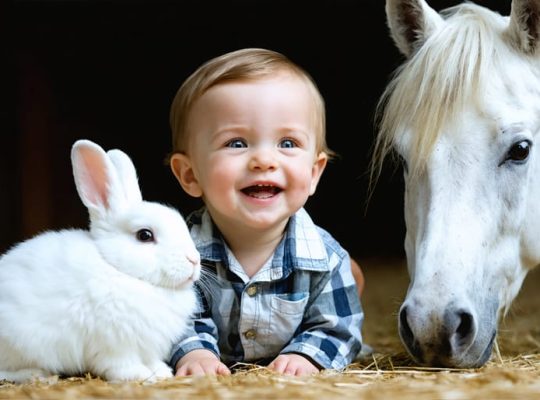In a world where children face unprecedented stress and anxiety, mindfulness offers a powerful mental health toolkit that can transform their daily experiences. These seven mindfulness principles aren’t just theoretical concepts—they’re practical tools that parents and educators can implement immediately to nurture emotional well-being in young minds.
Through decades of research and real-world application, we’ve discovered that mindfulness practices adapted for children can significantly improve focus, reduce anxiety, and build emotional resilience. Whether you’re a parent seeking to create calmer mornings or a teacher aiming to enhance classroom attention, these principles offer a roadmap to help children navigate their inner worlds with greater awareness and compassion.
What makes these principles particularly powerful is their adaptability across different age groups and settings. From preschoolers learning to identify their emotions to teenagers managing academic pressure, mindfulness provides a foundation for lifelong emotional intelligence and mental wellness. Let’s explore these seven transformative principles that can help shape more mindful, resilient young minds.
The Gentle Power of Present-Moment Awareness
Butterfly Breathing
Butterfly Breathing is one of our favorite interactive therapy tools that transforms mindful breathing into a delightful adventure. Have your child sit comfortably and extend their arms out to the sides. Guide them to imagine their arms are beautiful butterfly wings. As they breathe in deeply through their nose, they’ll raise their arms (wings) up high. When exhaling through their mouth, they’ll gracefully lower their wings back down.
Make it more engaging by suggesting different butterfly scenarios: “Let’s pretend we’re floating over a rainbow garden” or “We’re dancing with other butterfly friends.” You can even add gentle swaying movements as they breathe. This exercise typically helps children feel calmer within 3-5 breaths, making it perfect for managing big emotions or transitioning between activities. The visual and kinesthetic elements make it especially effective for younger children who might find traditional breathing exercises challenging.
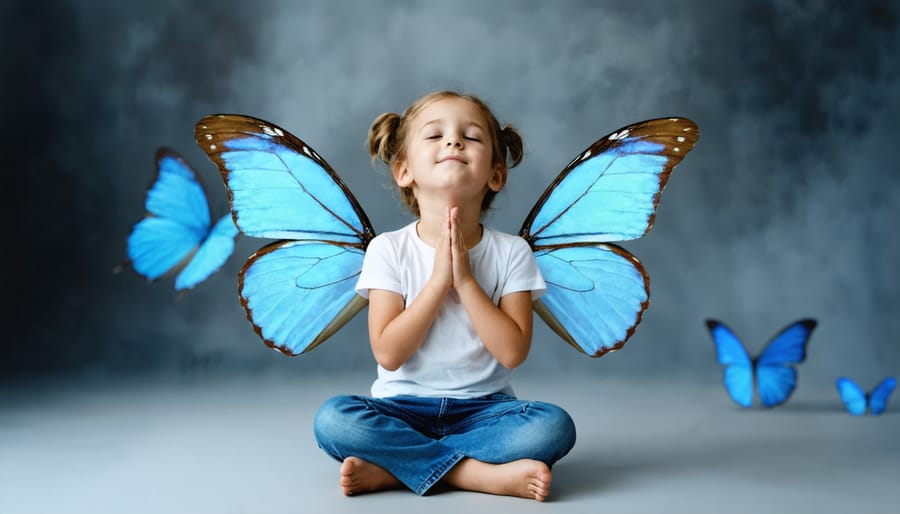
Building Emotional Intelligence Through Body Awareness
The Body Scanner Game
Imagine turning body awareness into an exciting adventure! The Body Scanner Game helps children explore their physical sensations in a fun, engaging way. Start by having your child lie down comfortably and close their eyes. Guide them through a magical journey, pretending they have a special scanner that lights up different parts of their body.
Begin at their toes, asking them to “scan” and notice any feelings – Are their toes warm or cold? Relaxed or wiggly? Gradually move up through their feet, legs, tummy, chest, arms, and head. Encourage them to describe what they discover, using playful comparisons like “my legs feel heavy like elephant legs” or “my fingers are tingly like sparklers.”
This game not only helps children develop body awareness but also creates a natural pause in their day to check in with themselves. Make it more engaging by using a toy wand as a pretend scanner or having them draw what they felt afterward. Regular practice helps children recognize and respond to their body’s signals, building a foundation for emotional awareness and self-regulation.
Cultivating Kindness and Compassion
The Friendship Light
The Friendship Light is a gentle introduction to loving-kindness meditation, perfect for helping children develop compassion for themselves and others. Ask your child to sit comfortably and imagine a warm, glowing light in their heart – like a tiny sun filled with love and kindness. Guide them to first direct this light toward themselves, thinking “May I be happy, may I be safe, may I be healthy.” Next, encourage them to imagine the light growing bigger and brighter as they send it to someone they love, perhaps a family member or friend, thinking similar kind thoughts for that person.
They can then expand this light to include their classmates, neighbors, and eventually, all living beings. This exercise helps children understand interconnectedness and builds emotional awareness. Many parents report that children naturally take to this practice, often describing the light in creative ways – from sparkly rainbow colors to warm golden sunshine. Make it playful by asking them to draw their friendship light or share how it makes them feel.
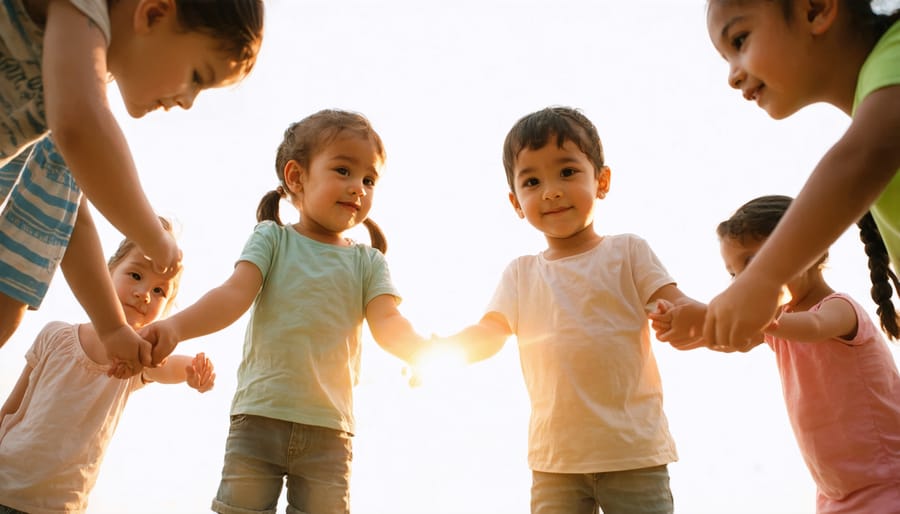
Mindful Listening and Communication
The Sound Safari
Transform your daily environment into a mindfulness adventure with the Sound Safari game. Invite children to sit or lie down comfortably, close their eyes, and become “sound detectives.” Ask them to identify and count different sounds they hear, from distant bird songs to nearby whispers. This simple yet engaging activity helps children develop focused attention and awareness of their surroundings.
Start with short sessions of 1-2 minutes and gradually increase the duration as children become more comfortable. Encourage them to share their discoveries afterward, asking questions like “What was the farthest sound you heard?” or “Did you notice any sounds you’ve never paid attention to before?”
The Sound Safari can be played anywhere – in the classroom, at home, or outdoors – making it a versatile tool for bringing mindfulness into everyday moments. It’s particularly effective for helping children transition between activities or calm down during overwhelming situations.
Accepting Thoughts and Feelings
The Weather Report
Just as weather patterns change throughout the day, our emotions naturally ebb and flow. Teaching children to describe their feelings using weather metaphors makes emotional awareness more tangible and less intimidating. When a child says “I feel like a thunderstorm inside,” or “My mind is foggy today,” they’re developing a natural vocabulary for their emotional experiences. This approach helps children understand that, like weather, difficult feelings aren’t permanent – sunny skies always return eventually. Encourage your child to create their own weather report each day, perhaps drawing pictures of their emotional weather or using a simple chart with weather symbols to track their feelings.
Non-Judgmental Awareness
The Curious Explorer
Encourage your child to become a “curious explorer” by practicing mindful observation of their surroundings. Ask them to pick any object – it could be a leaf, a toy, or even their favorite snack – and examine it as if they’re seeing it for the first time. Guide them to notice colors, textures, shapes, and patterns they might usually overlook. This simple exercise helps children develop a deeper appreciation for the world around them while strengthening their focus and attention. Many parents report that their children discover fascinating new details about familiar objects, making everyday moments more engaging and meaningful.
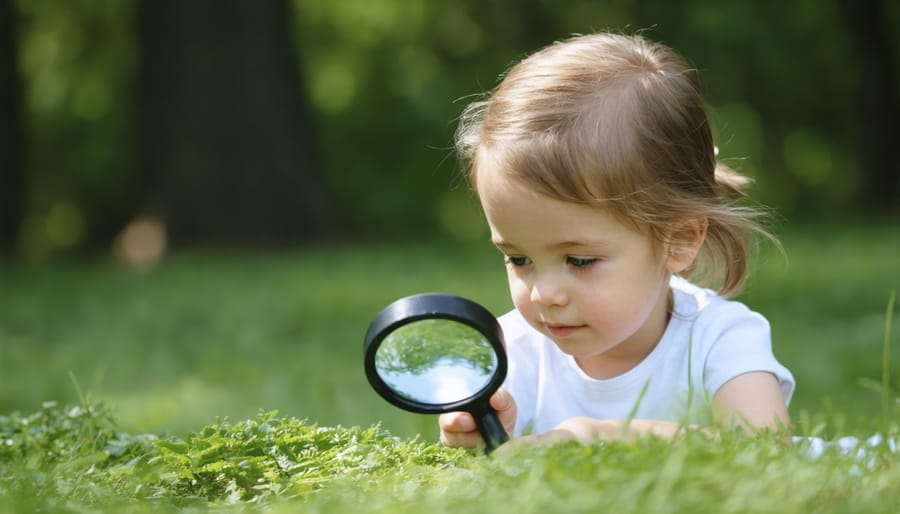
Throughout this journey of exploring mindfulness principles, we’ve discovered powerful tools that can transform how children experience and interact with the world around them. These seven principles work together to create a foundation for emotional well-being, better focus, and increased self-awareness in young minds.
By incorporating these mindfulness practices into daily routines, children learn to navigate their emotions with greater confidence and resilience. Parents and educators who consistently model and encourage these principles often report seeing remarkable changes in their children’s behavior and emotional regulation skills.
Remember that mindfulness is not about achieving perfection but about progress and practice. Start small, perhaps with just five minutes a day, and gradually build upon these principles as both you and your children become more comfortable with the practices. The beauty of mindfulness lies in its simplicity and accessibility – it requires no special equipment or expertise, just patience and dedication.
As you embark on this mindfulness journey with the children in your care, celebrate small victories and maintain a gentle, encouraging approach. The seeds of mindfulness you plant today will grow into lasting habits that support mental health, emotional intelligence, and overall well-being throughout their lives.
Let’s commit to making mindfulness a natural part of our daily lives, knowing that every moment of practice brings us closer to a more centered, aware, and peaceful existence – both for ourselves and the children we guide.

